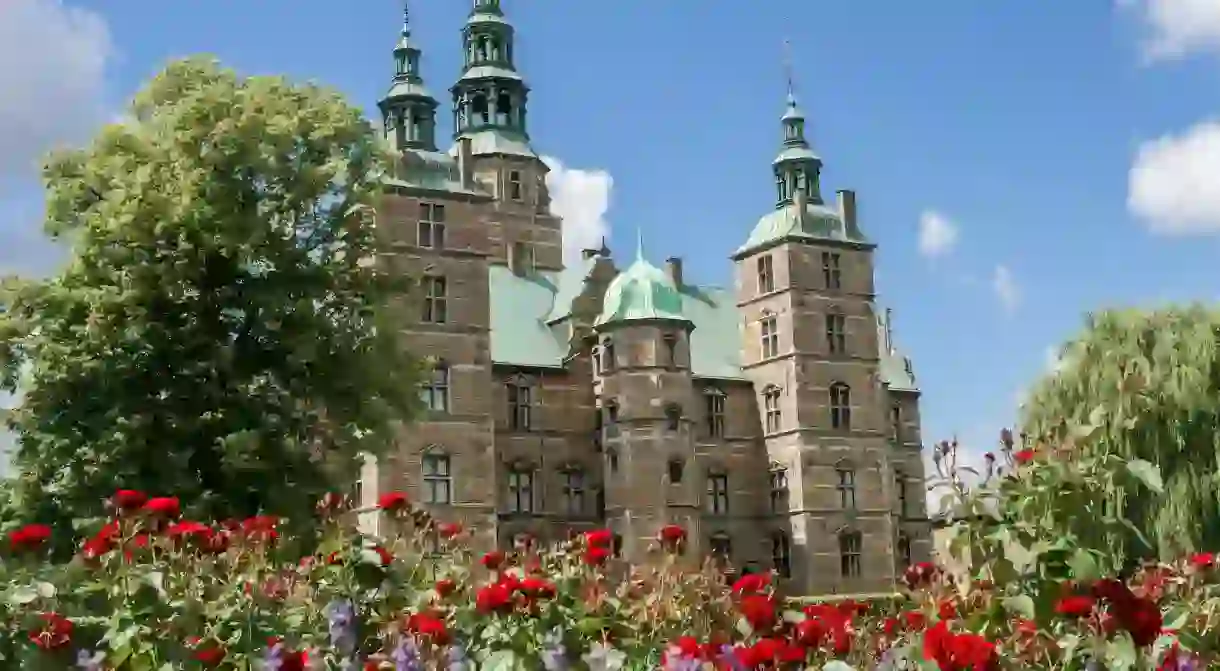7 Incredible Castles in Denmark You Should Visit

Since the 10th century when the Viking kings Gorm the Old and Harald Bluetooth founded the Kingdom of Denmark, hundreds of royal families ruled the small Scandinavian country and left their mark on history. Nowadays, the country’s castles that have been standing in the same spots for hundreds of years tell the story of the Danish monarchy, which is the oldest in Europe, and are open to visitors who want to discover the Danish kings’ and queens’ secrets.
Egeskov Castle
Archaeological site, Market, Building

Frederiksborg Castle
Museum, Building, Archaeological site

Kronborg Castle
Building, Archaeological site

Rosenborg Castle
Archaeological site, Museum

Amalienborg Palace
Historical Landmark

Rosenholm Castle
Building

Rosenholm Castle in eastern Jutland has been in the hands of Rosenkrantz family since 1610 when its construction finished. The castle consists of two buildings each, one of which with its own architectural style. The architecture of the east wings is Italian Renaissance style, while the west is of French Renaissance. According to legend, Mr. Jørgen Rosenkrantz and his wife Dorthe Lang, the founders of the castles, couldn’t agree on the architectural style so they decided to combine both. Today, Rosenholm Castle offers guided tours and is open for events, weddings and other ceremonies.
Koldinghus
Amusement Park, Building

Koldinghus is the least known of Denmark’s castles but it has played a vital role in the country’s history. Since the 13th century when the construction of the castle finished, Koldinghus was used as a fortress, a royal residence and finally as a museum that even today exhibits paintings, crafts and a collection of furniture that dates back to the 16th century. The historic castle is situated in Jutland and is the peninsula’s last royal castle.













